In an era where personalization reigns supreme, garment factories are transforming the way clothing is designed, produced, and delivered. From high-end fashion houses to small businesses, demand for bespoke apparel is surging—and factories are rising to the challenge with cutting-edge technology and agile workflows.
The Customization Process Unveiled
Modern customization begins long before fabric meets sewing machines. At Auschalink, a leading apparel manufacturer based in China, the journey starts with a digital consultation. Clients collaborate with in-house designers via AI-powered platforms to refine ideas, select fabrics, and visualize designs through 3D garment simulations.
“Gone are the days of endless physical samples,” says Kanina, CEO of Auschalink. “With 3D modeling, clients see adjustments in real-time—saving weeks of back-and-forth and reducing waste.”
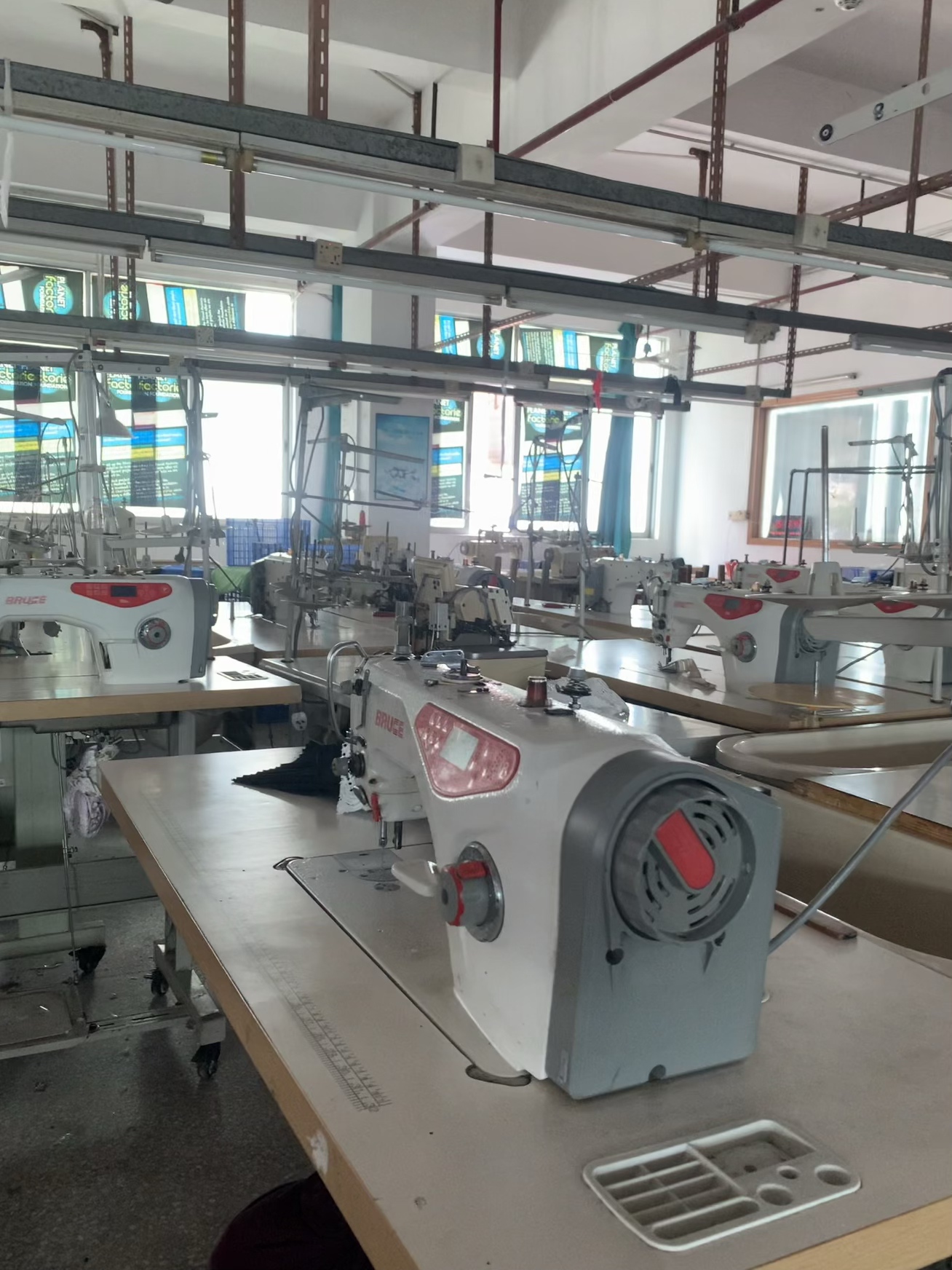
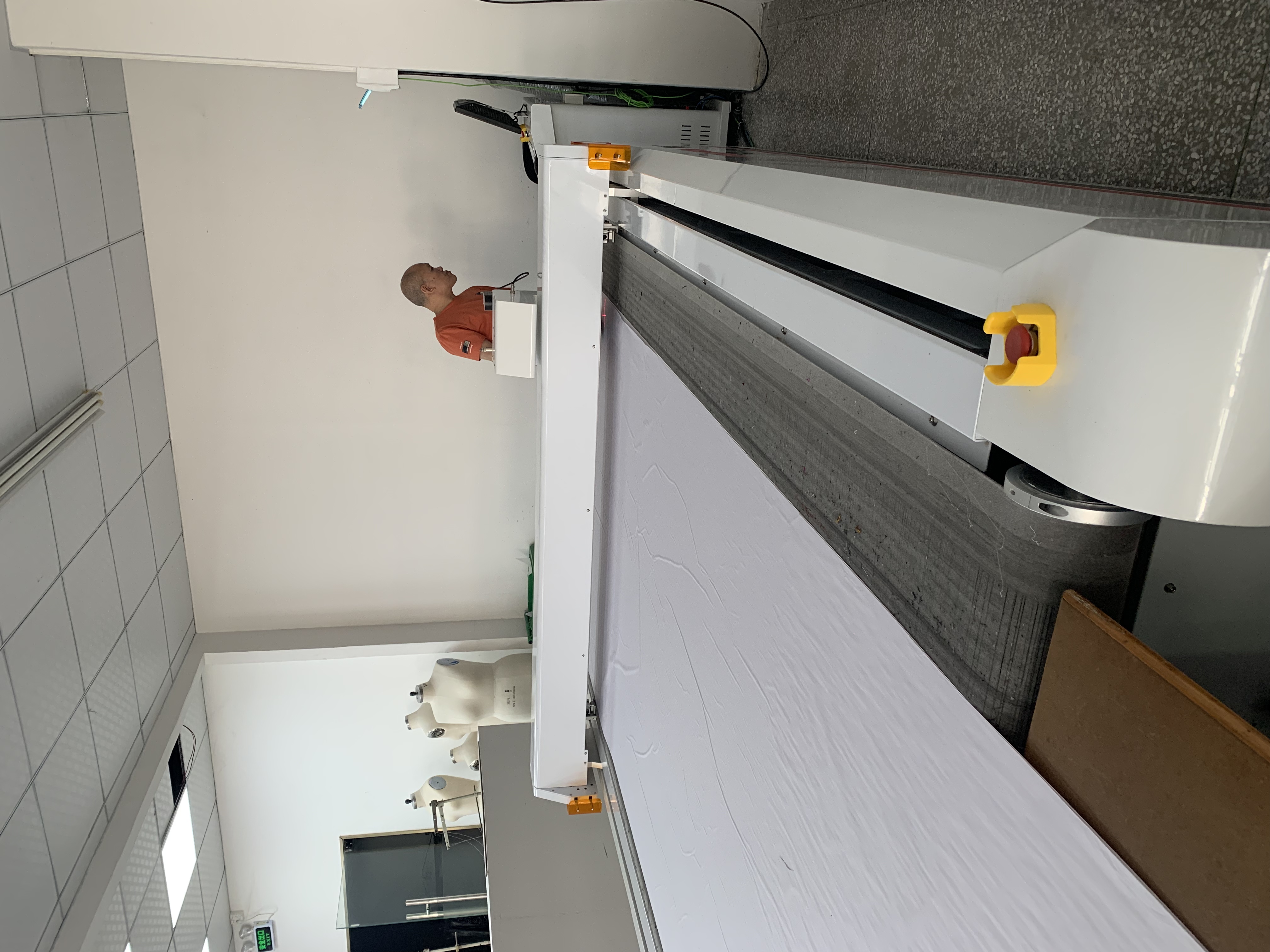
Step 1: Design & Material Selection
Clients choose from a digital catalog of sustainable fabrics, ranging from organic cotton to recycled polyester. Advanced software analyzes body measurements (submitted via mobile apps or body scans) to ensure precision.
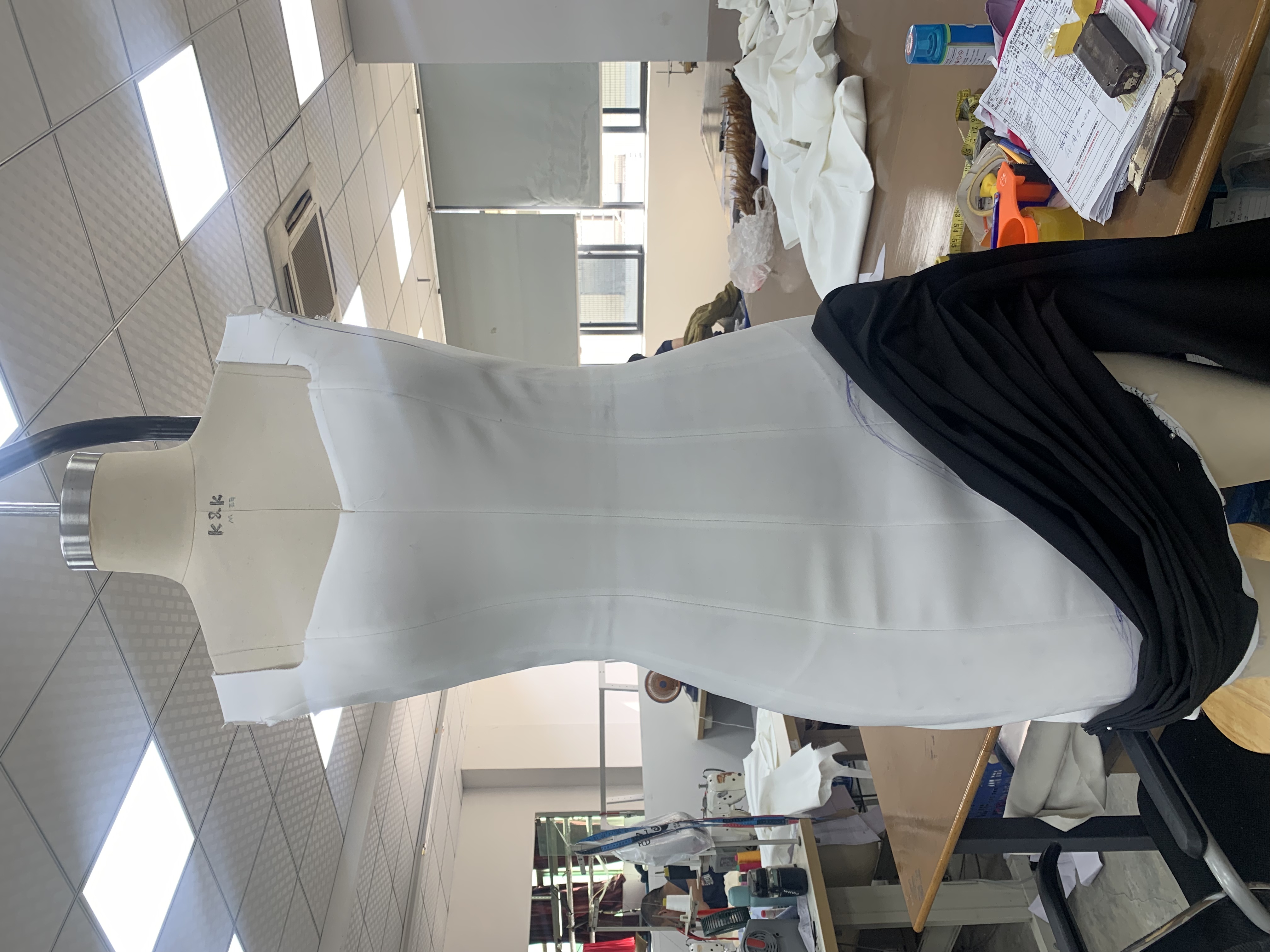
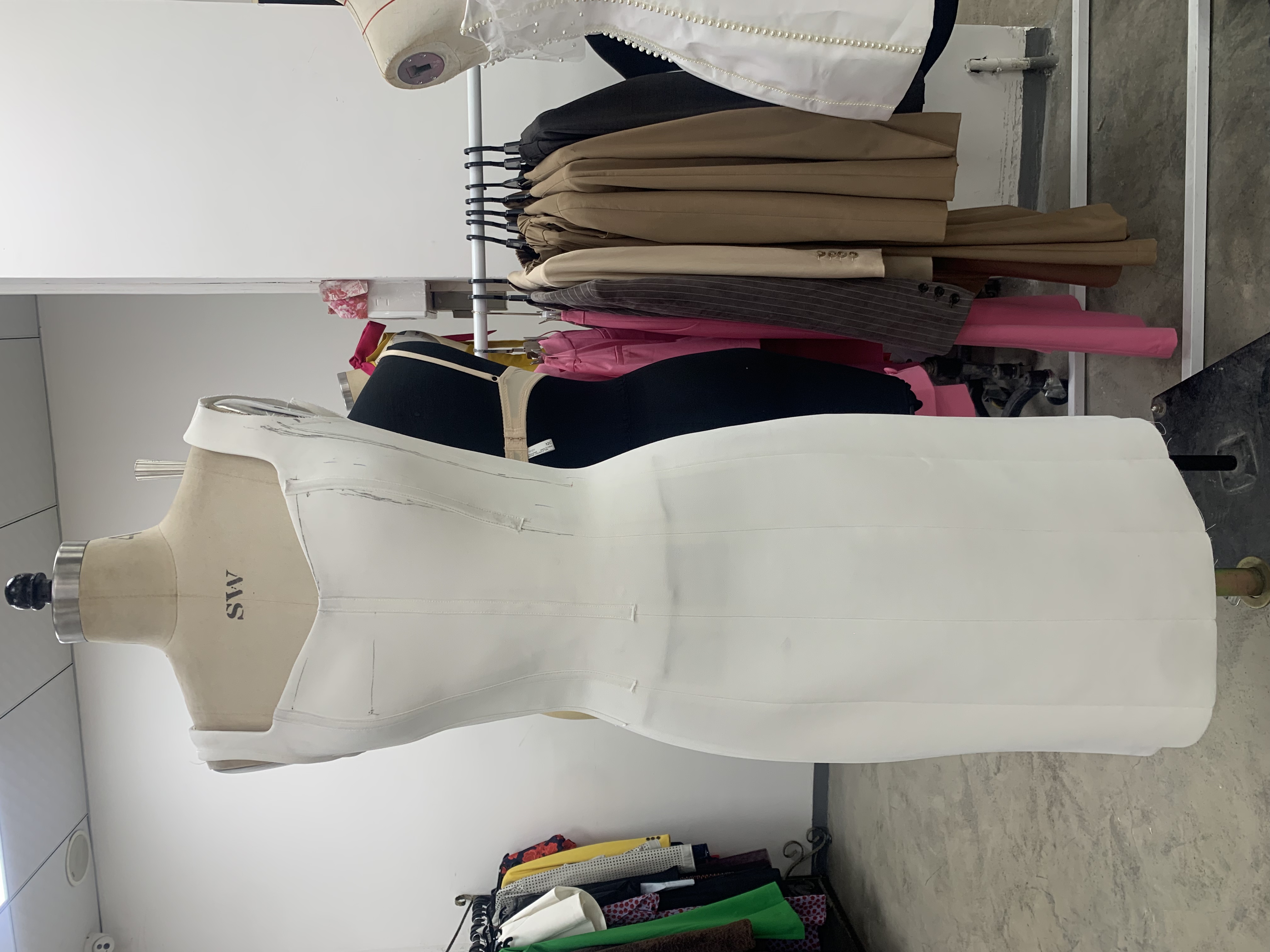
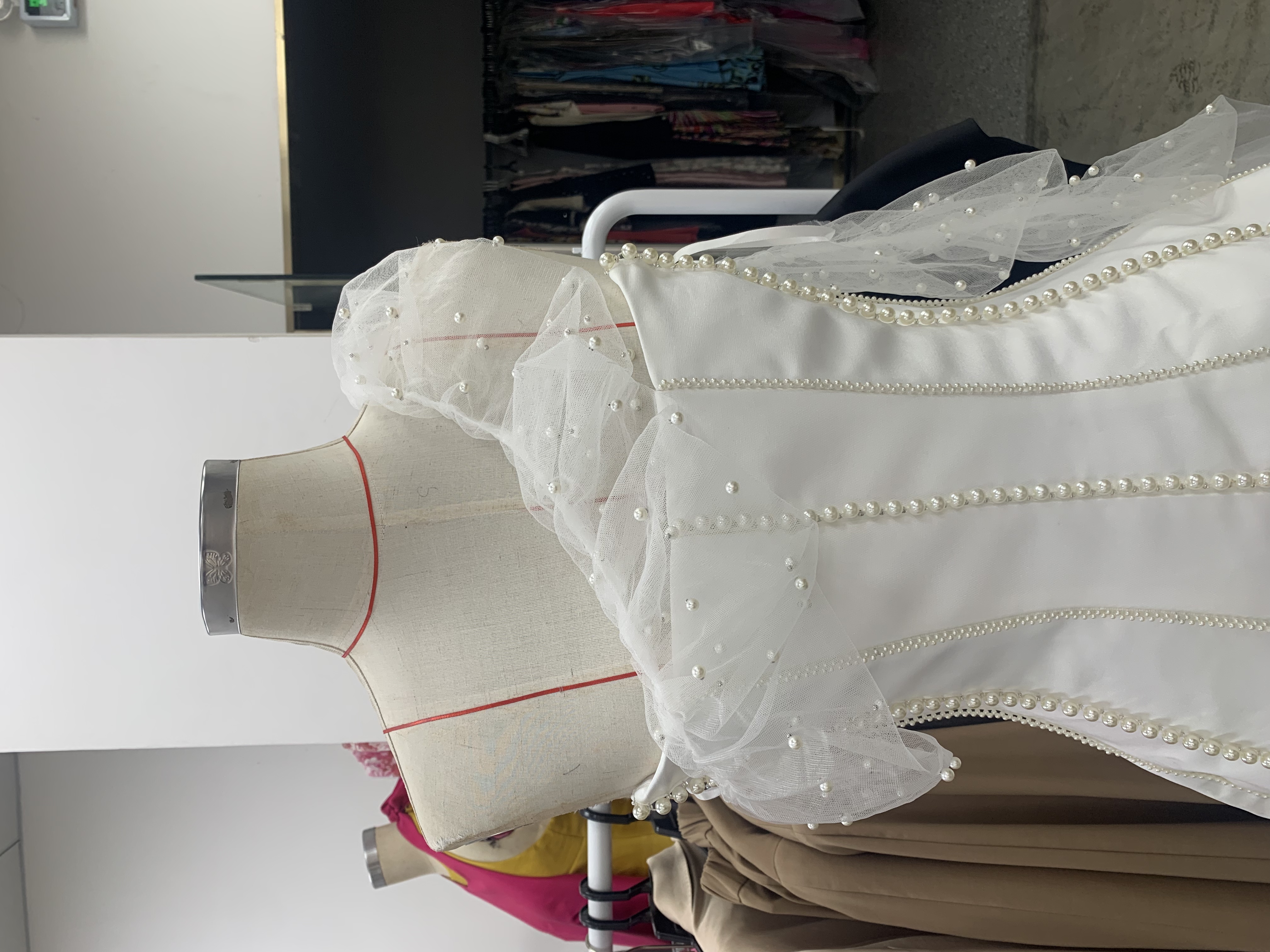
Step 2: Automated Cutting & Sewing
Laser-cutting machines slice fabric with millimeter accuracy, while RFID-tagged components track each piece through automated assembly lines. Skilled artisans handle intricate details like embroidery or hand-stitched finishes, blending craftsmanship with efficiency.
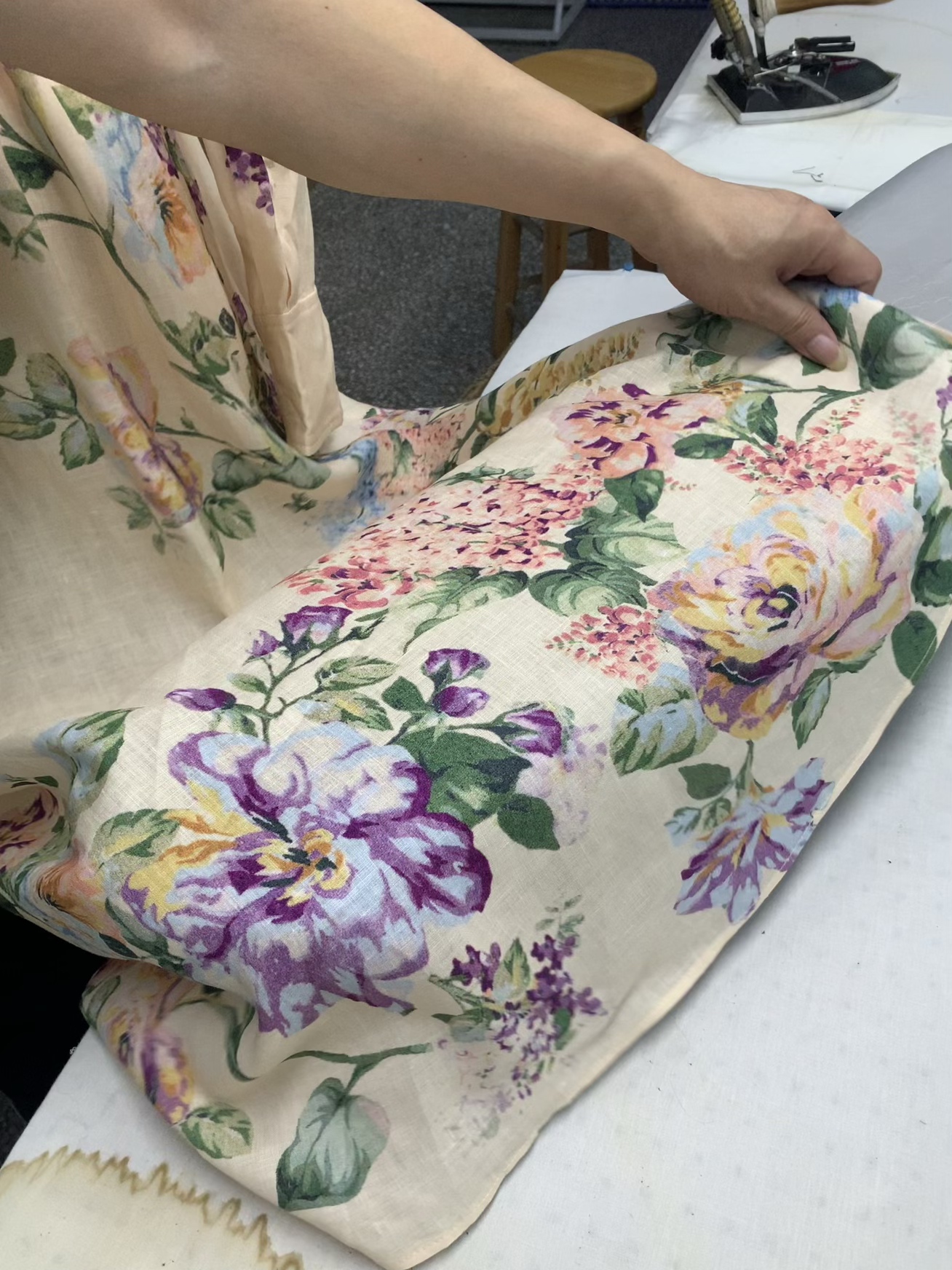
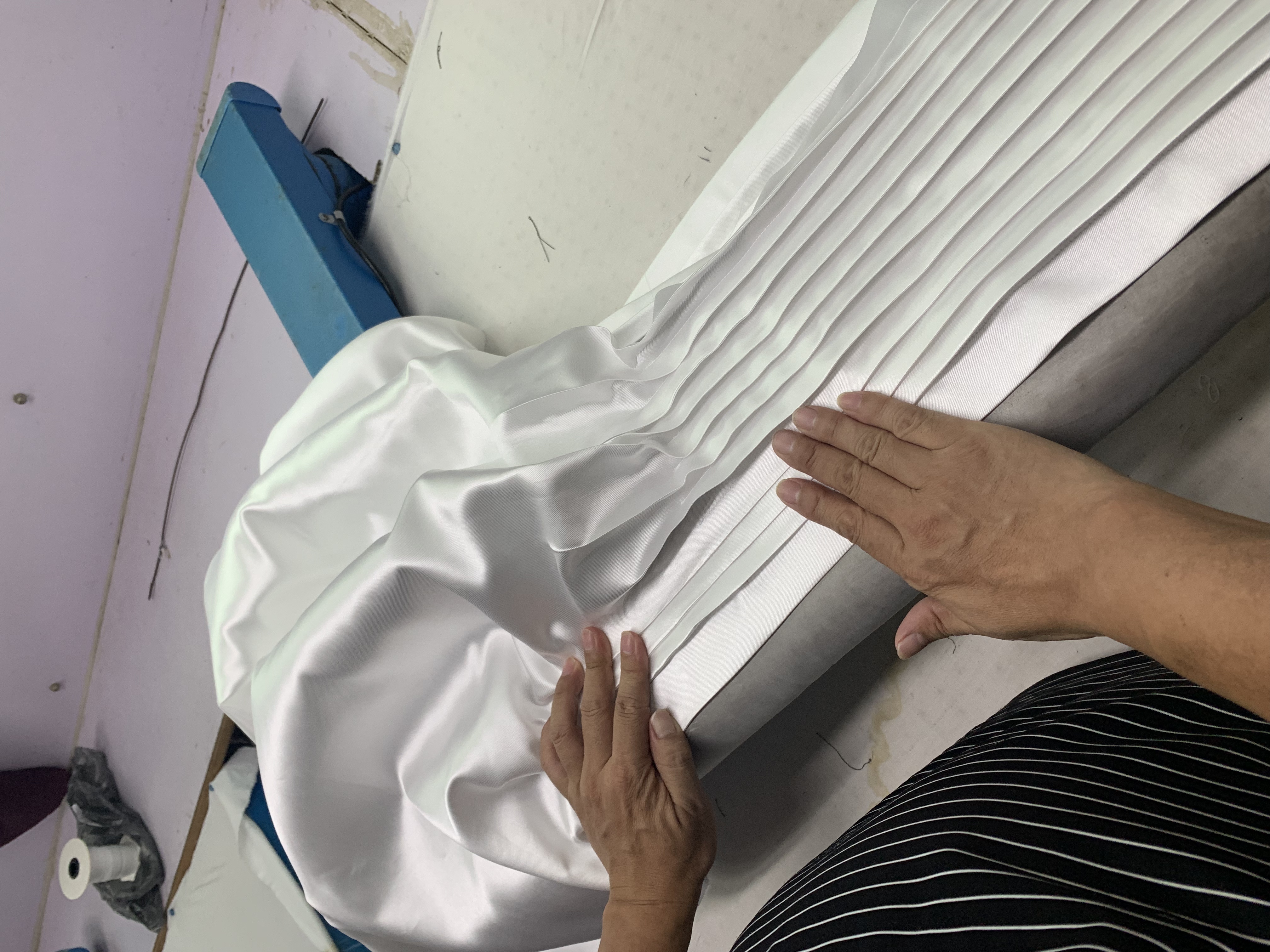
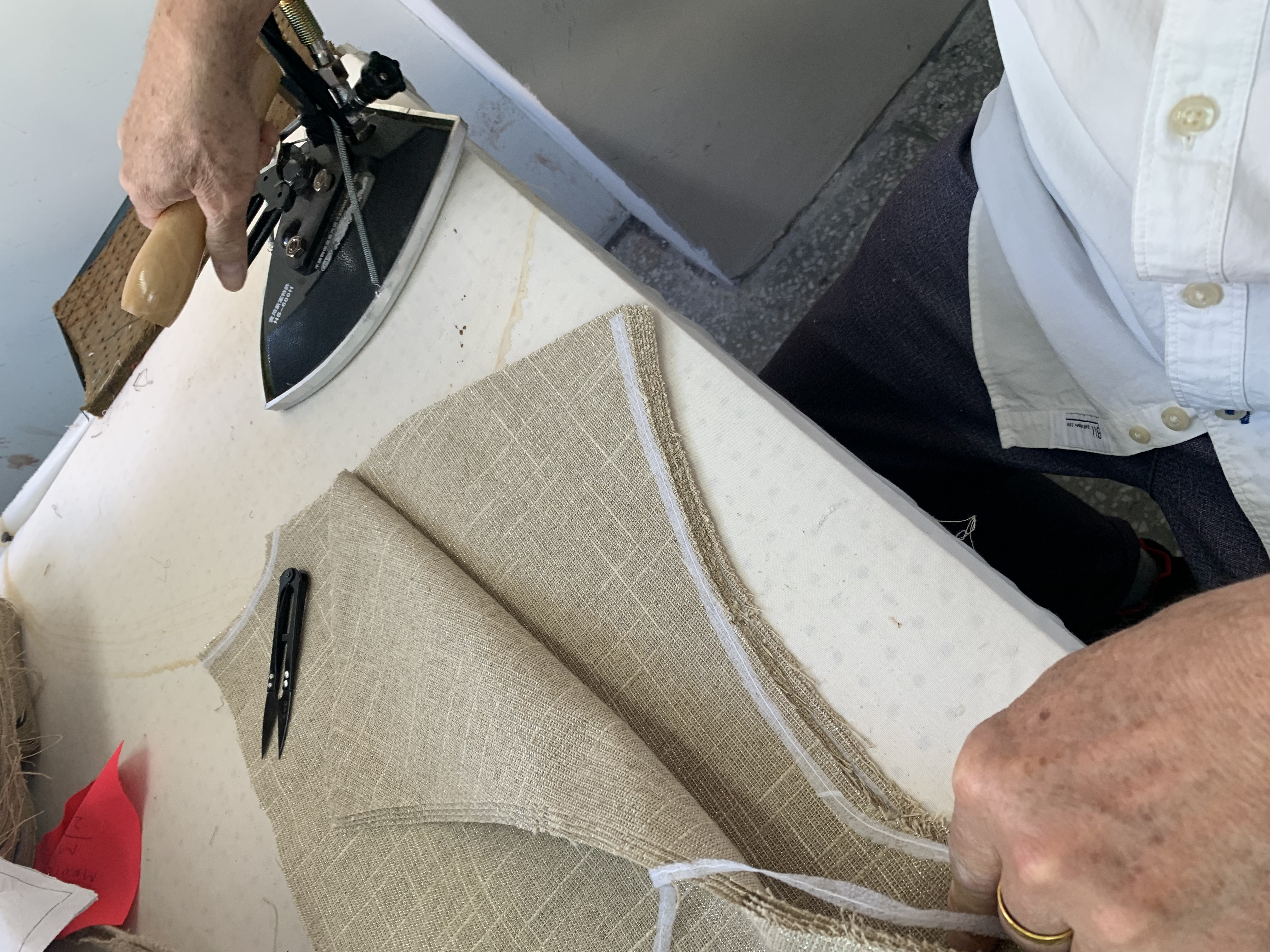
Step 3: Quality Control & Sustainability Checks
Every garment undergoes rigorous inspection via AI-driven cameras that detect stitching flaws or color inconsistencies. Meanwhile, blockchain systems trace material origins, ensuring ethical sourcing—a key selling point for eco-conscious brands.
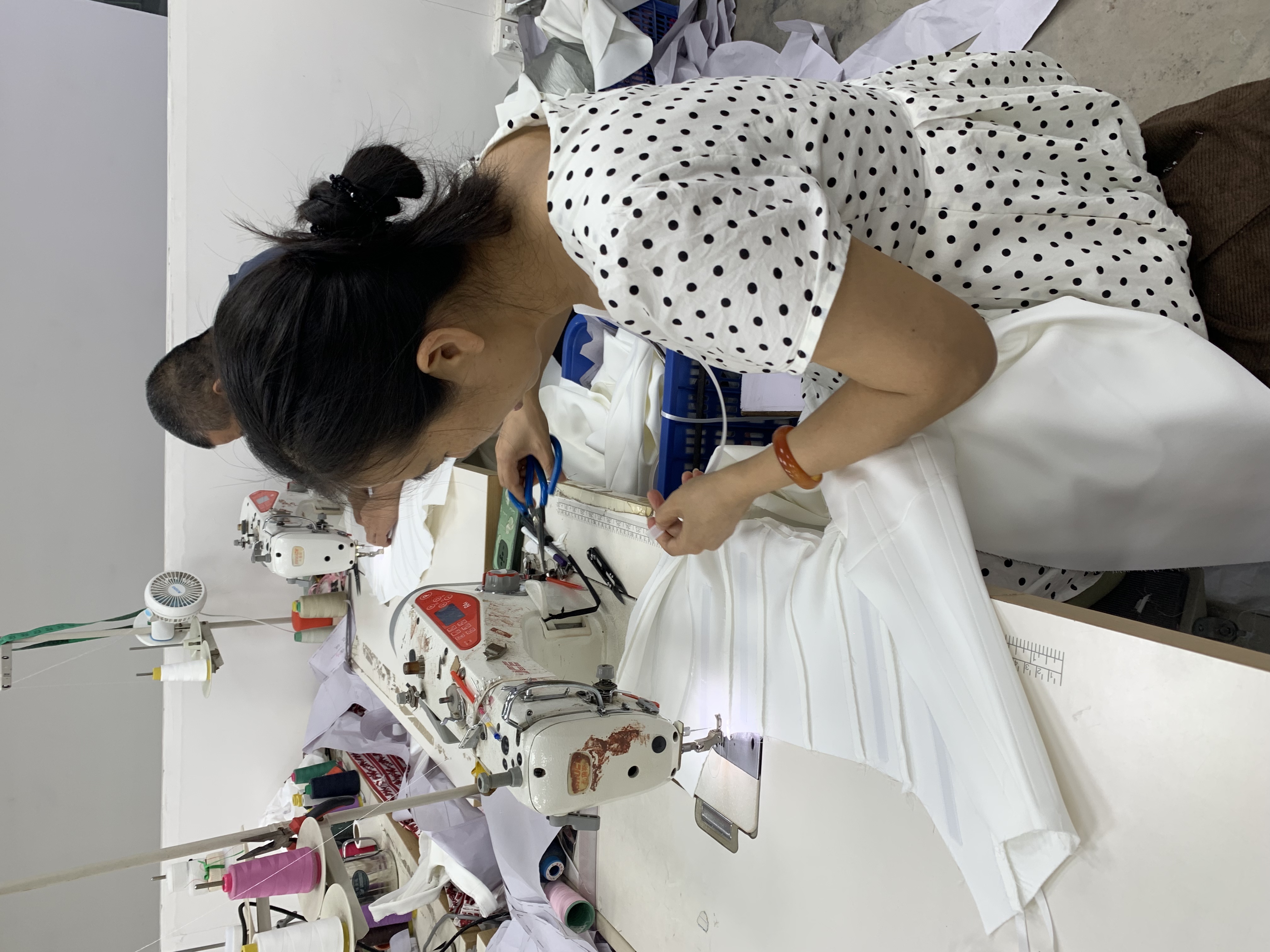
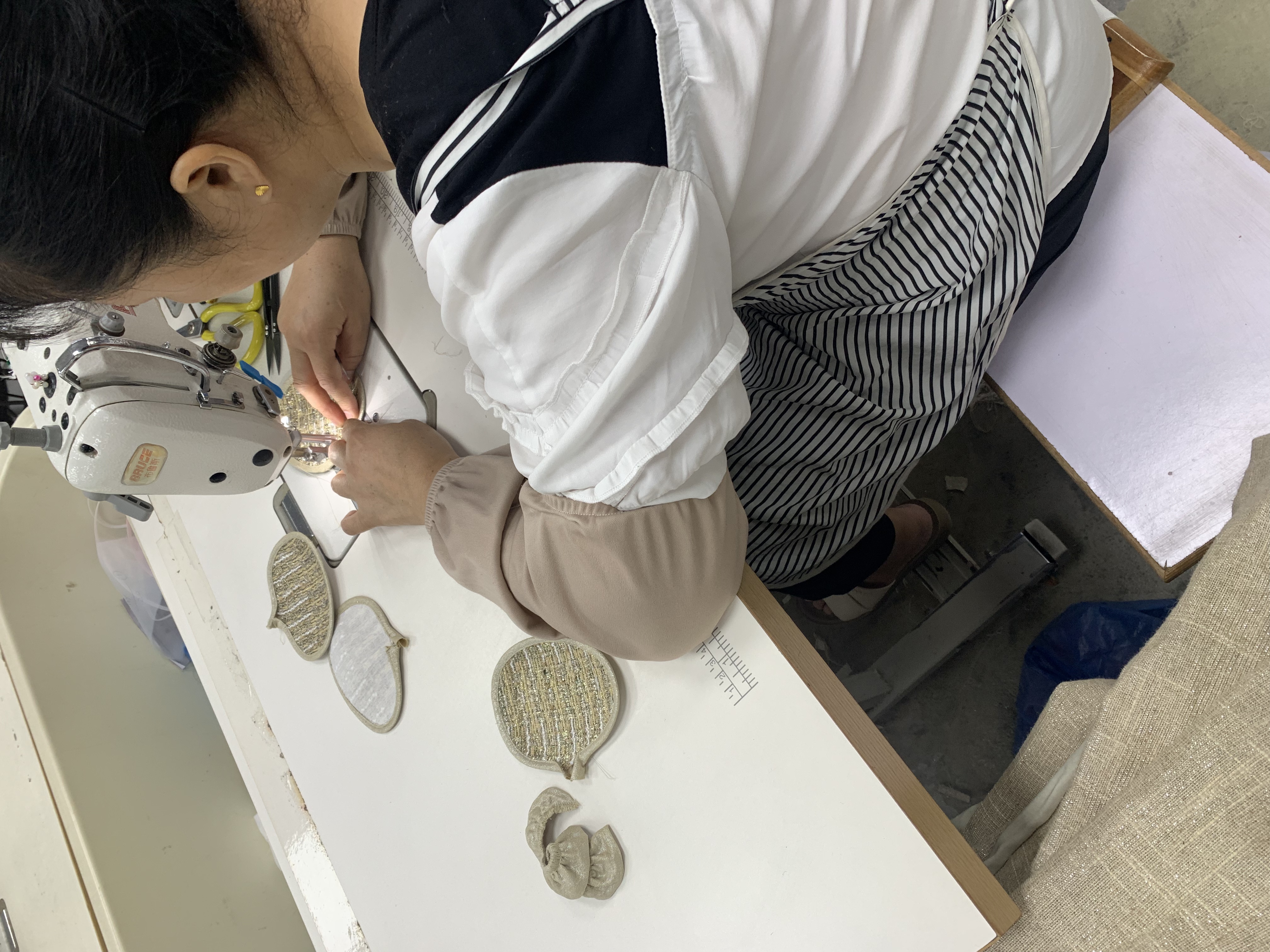
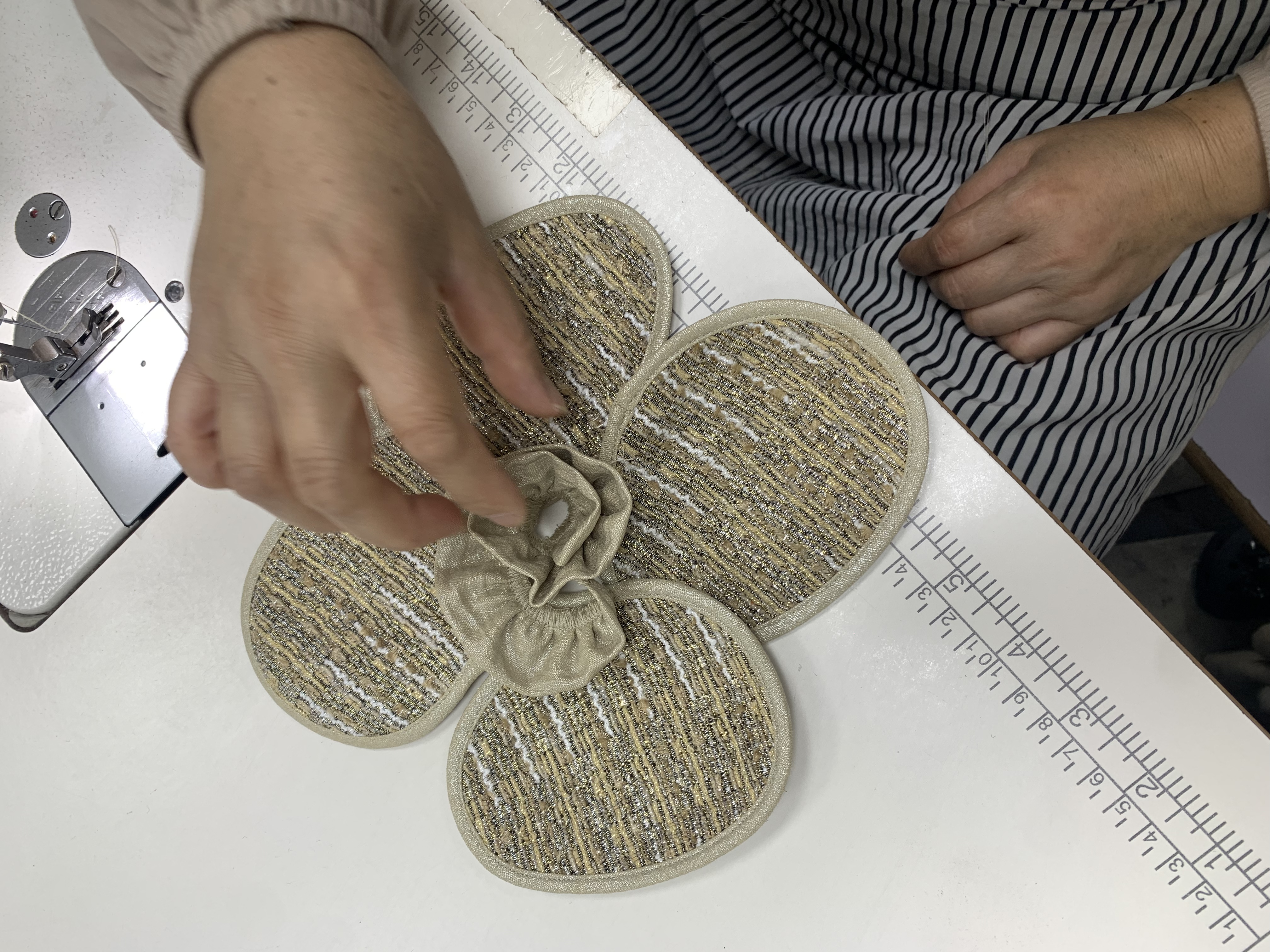
Meeting the Demand for Speed
To cater to fast-turnaround requests, factories now deploy “micro-runs” as small as 50 units. “Brands no longer need to gamble on bulk orders,” explains Kanina, a lead technician. “They can test markets with limited editions and reorder in days.”
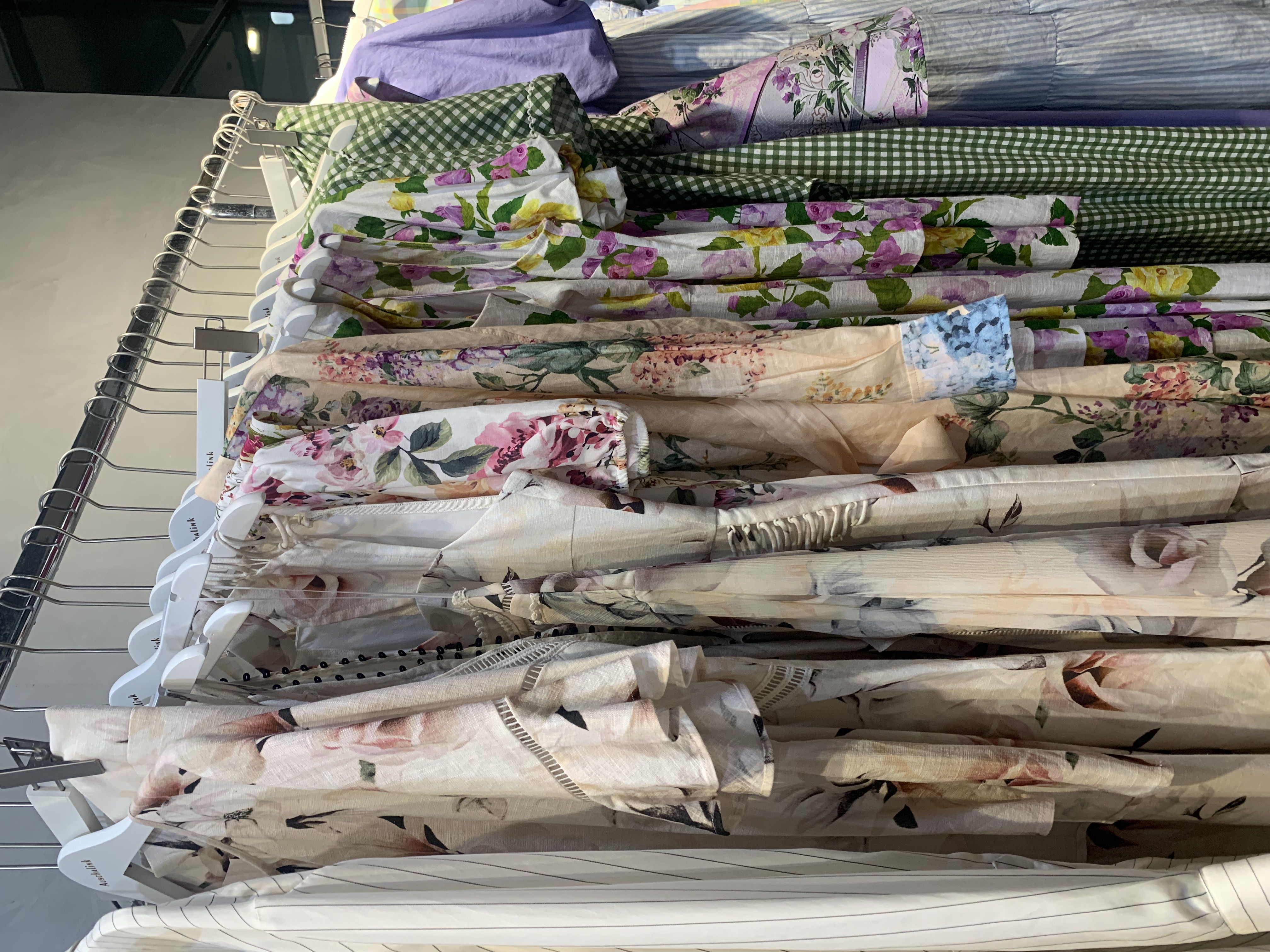
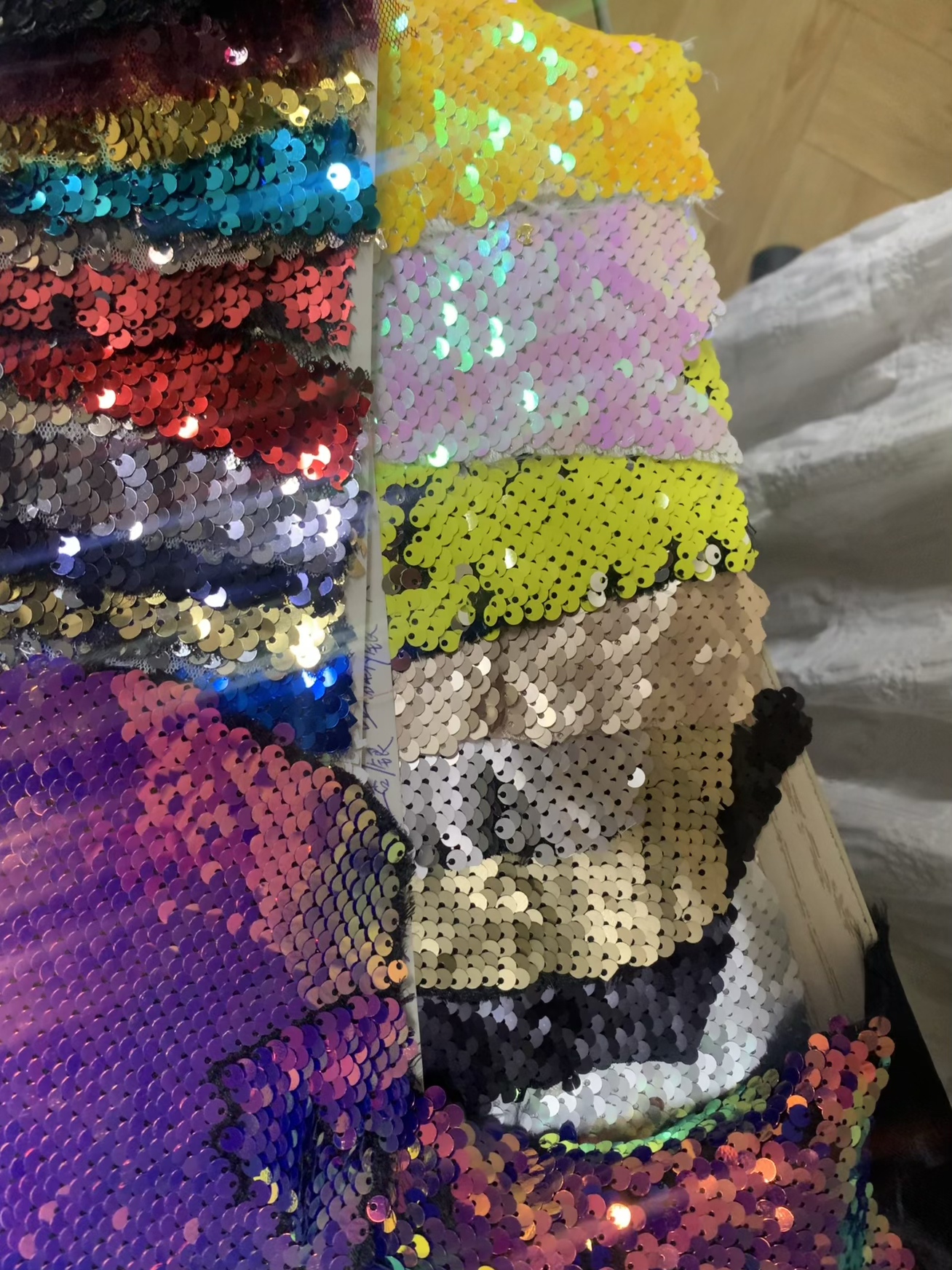
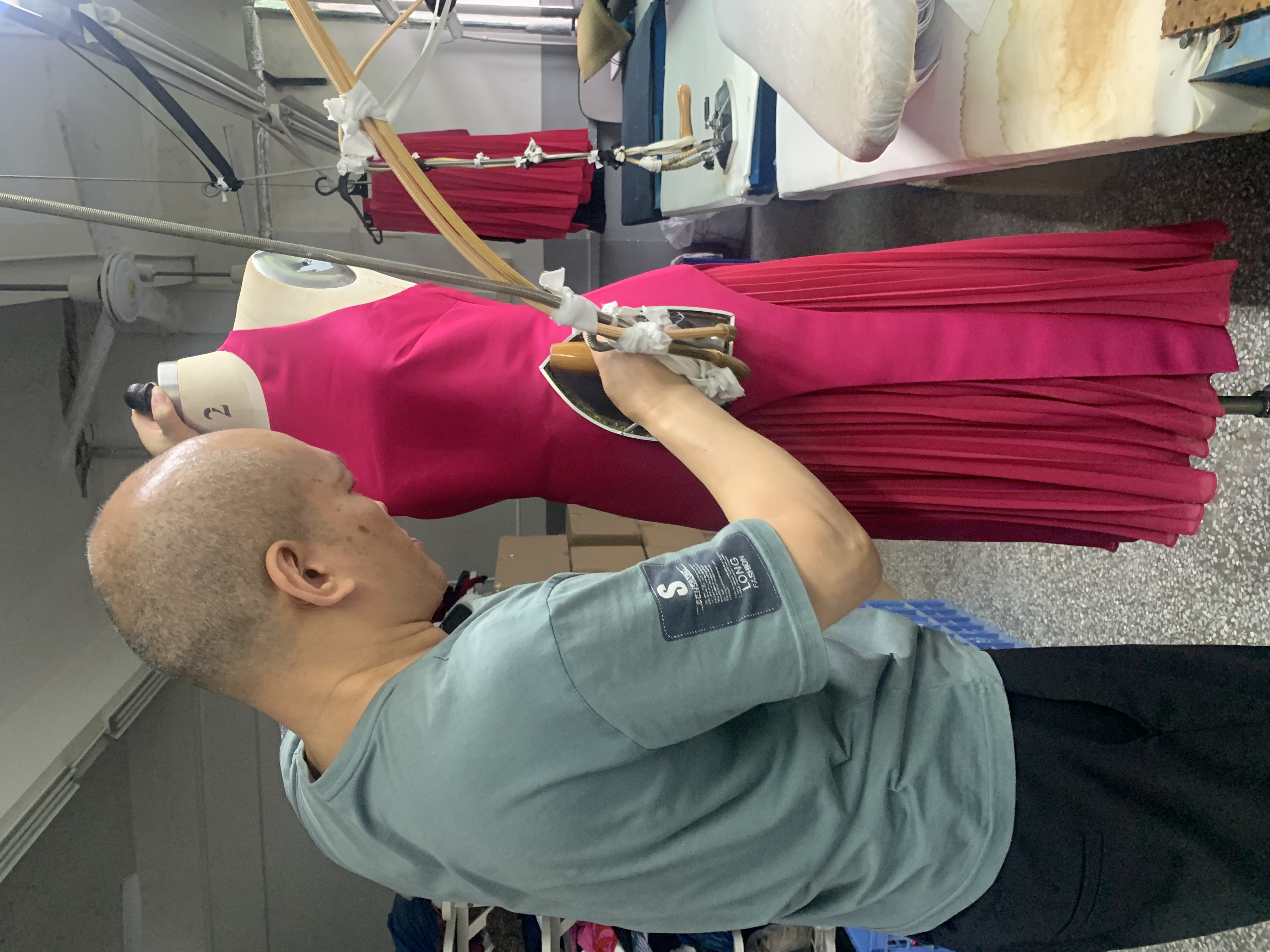
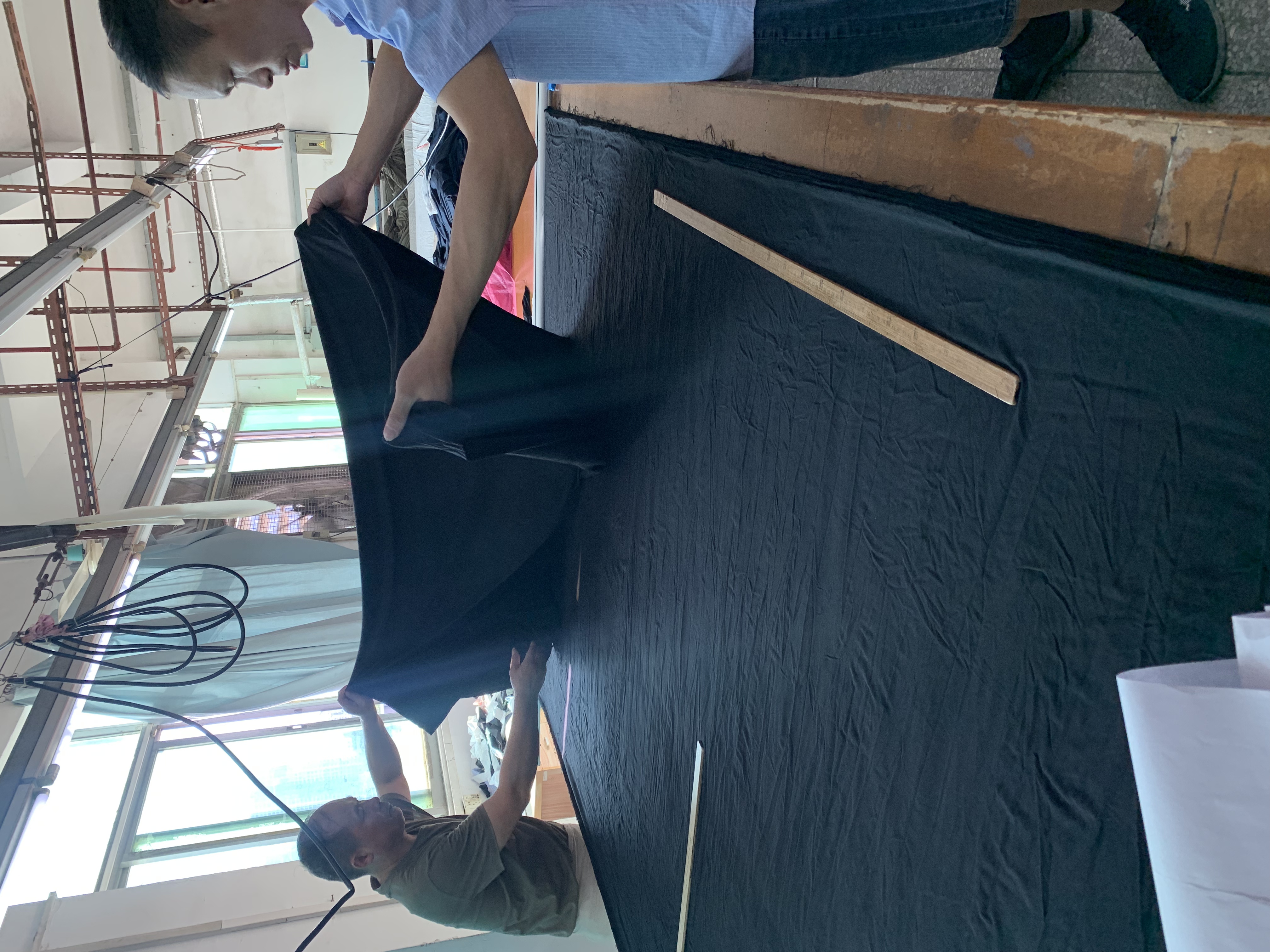
Challenges & Innovations
While customization offers endless possibilities, factories face hurdles like balancing cost and scalability. Solutions include hybrid human-robot production lines and AI algorithms that optimize material usage, cutting waste by up to 30%.
The Future of Custom Fashion
As augmented reality (AR) fitting rooms and AI trend forecasting tools gain traction, experts predict a 40% growth in the custom apparel market by 2026. Factories investing in these technologies are poised to lead the charge.
About Auschalink
Established in 2007, Auschalink combines decades of craftsmanship with Industry 4.0 innovations. Serving clients in over 500+ countries, it specializes in sustainable, small-batch production for brands prioritizing quality and ethics.
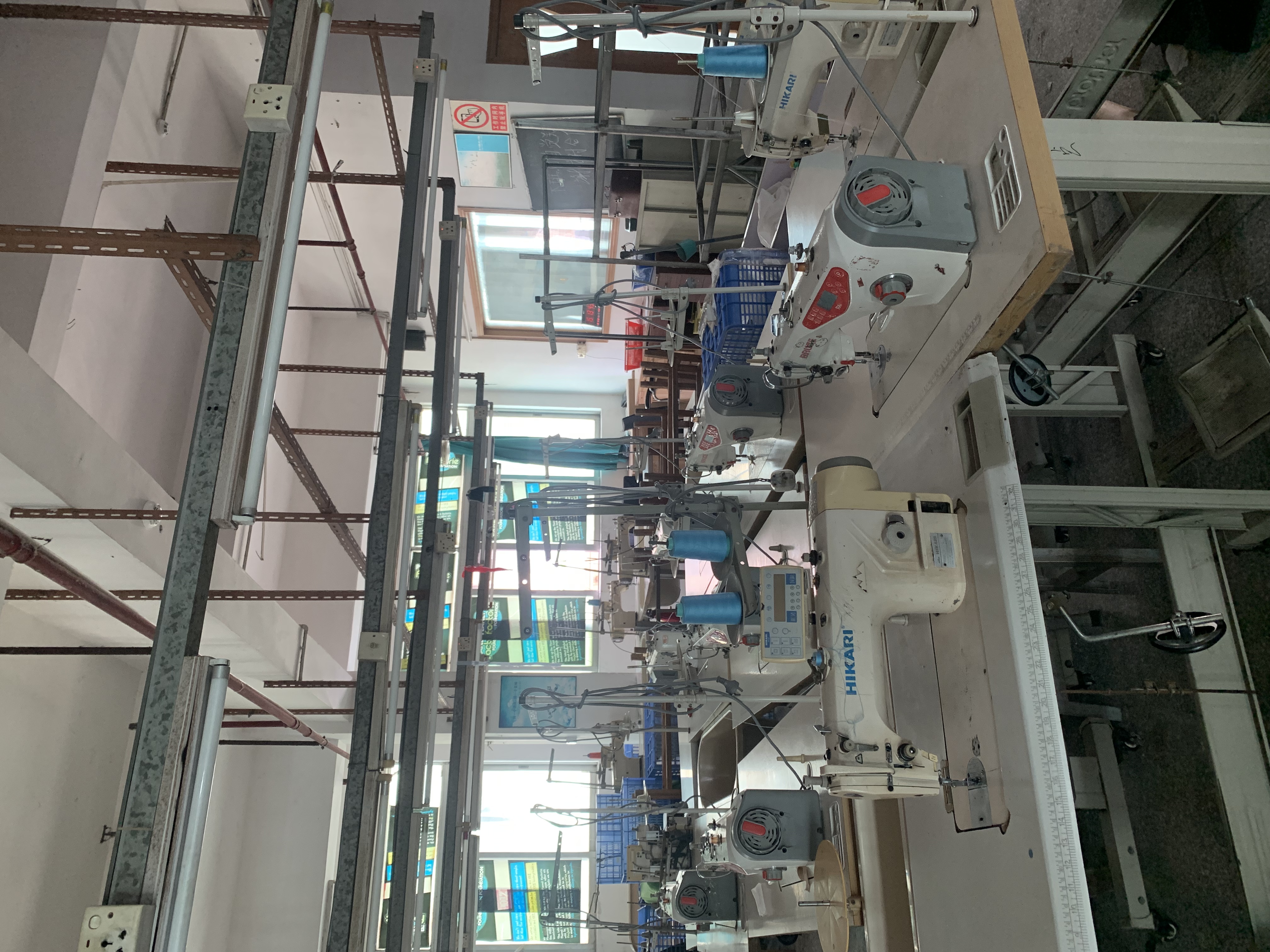
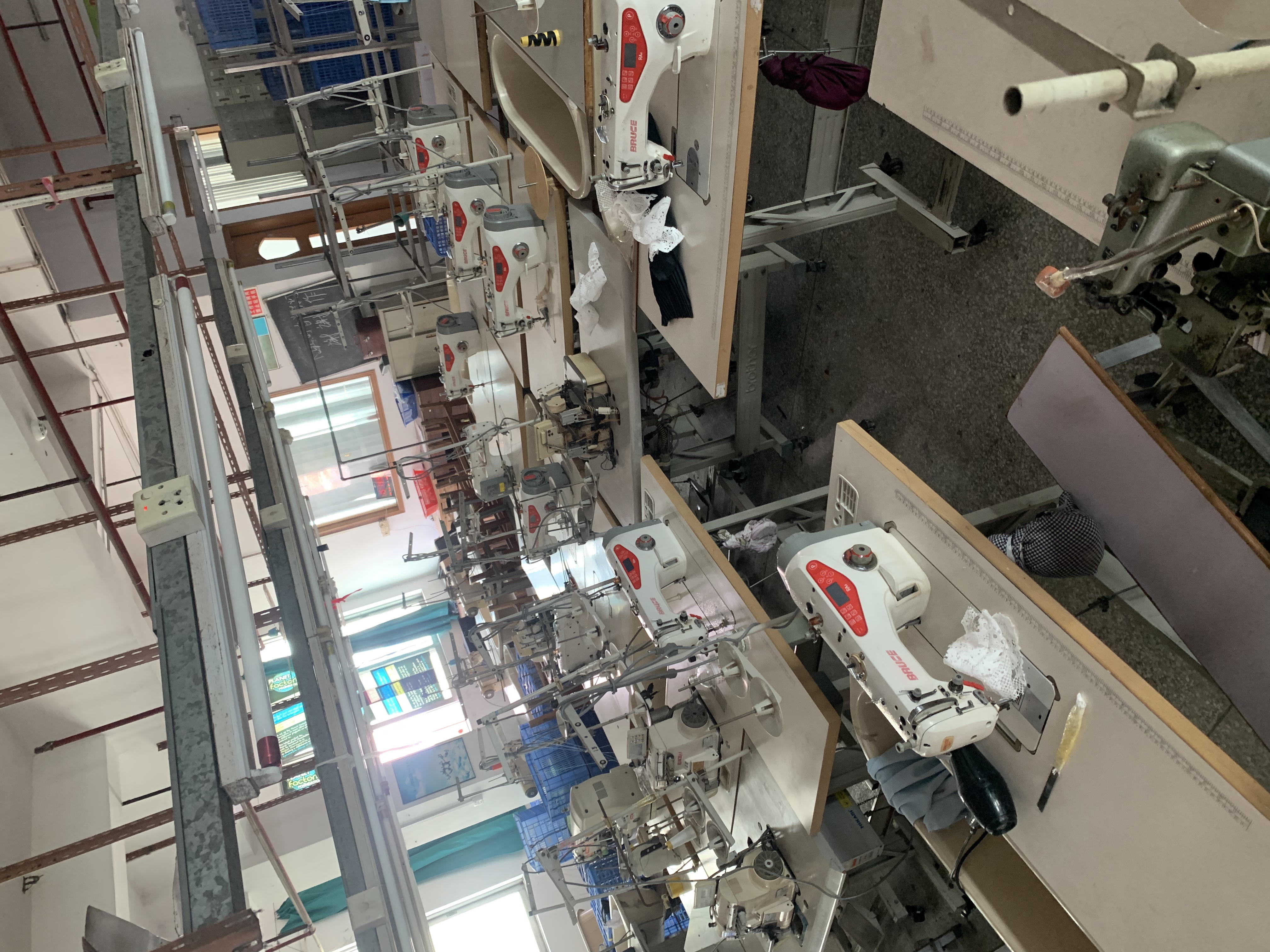
Post time: May-22-2025
